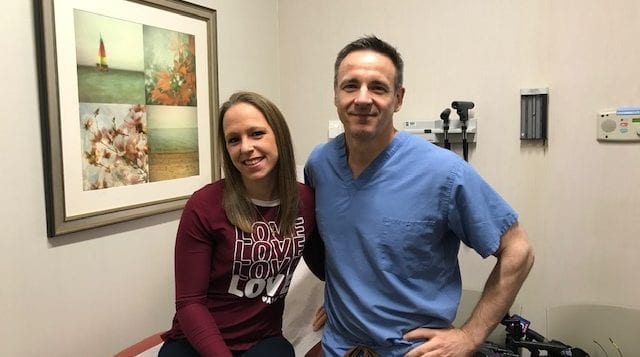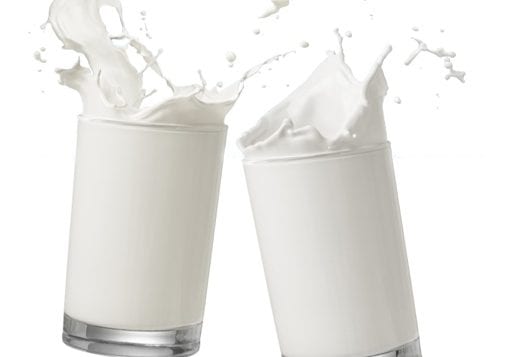Supplements and exercise for the common cold
By David Dunaief, M.D.

All of us have suffered at some point from the common cold. Most frequently caused by the notorious human rhinovirus, for many, it is an all too common occurrence. Amid folklore about remedies, there is evidence that it may be possible to reduce the symptoms — or even reduce the duration — of the common cold with supplements and lifestyle management.
I am constantly asked, “How do I treat this cold?” Below, I will review and discuss the medical literature, separating myth from fact about which supplements may be beneficial and which may not.
Zinc
You may have heard that zinc is an effective way to treat a cold. But what does the medical literature say?
The answer is a resounding, YES! According to a meta-analysis that included 13 trials, zinc in any form taken within 24 hours of first symptoms may reduce the duration of a cold by at least one day (1). Even more importantly, zinc may significantly reduce the severity of symptoms throughout the infection, thus improving quality of life. The results may be due to an anti-inflammatory effect of zinc.
One of the studies reviewed, which was published in the Journal of Infectious Disease, found that zinc reduced the duration of the common cold by almost 50 percent from seven days to four days, cough symptoms were reduced by greater than 60 percent and nasal discharge by 33 percent (2). All of these results were statistically significant. Researchers used 13 grams of zinc acetate per lozenge taken three to four times daily for four days. This translates into 50-65 mg per day.
The caveat is that not all studies showed a benefit. However, the benefits generally seem to outweigh the risks, except in the case of nasal administration, which the FDA has warned against.
Unfortunately, all of the studies where there was a proven benefit may have used different formulations, delivery systems and dosages, and there is no current recommendation or consensus on what is optimal.
Vitamin C
According to a review of 29 trials with a combined population of over 11,000, vitamin C did not show any significant benefit in prevention, reduction of symptoms or duration in the general population (3). Thus, there may be no reason to take mega-doses of vitamin C for cold prevention and treatment. However, in a subgroup of serious marathon runners and other athletes, there was substantial risk reduction when taking vitamin C prophylactically; they caught 50 percent fewer colds.
Echinacea
After review of 24 controlled clinical trials, according to the Cochrane Database, the jury is still out on the effectiveness of echinacea for treatment of duration and symptoms, but the results are disappointing presently and, at best, are inconsistent (4). There are no valid randomized clinical trials for cold prevention using echinacea.
In a randomized controlled trial with 719 patients, echinacea was no better than placebo for the treatment of the common cold (5).
Exercise
People with colds need rest — at least that was the theory. However, a 2010 study published in the British Journal of Sports Medicine may have changed this perception. Participants who did aerobic exercise at least five days per week, versus one or fewer days per week, had a 43 percent reduction in the number of days with colds over two 12-week periods during the fall and winter months (6). Even more interesting is that those who perceived themselves to be highly fit had a 46 percent reduction in number of days with colds compared to those who perceived themselves to have low fitness. The symptoms of colds were reduced significantly as well.
What does all of this mean?
Zinc is potentially of great usefulness the treatment and prevention of the common cold. Echinacea and vitamin C may or may not provide benefits, but don’t stop taking them, if you feel they work for you. And, if you need another reason to exercise, reduction of your cold’s duration may a good one.
References:
(1) Open Respir Med J. 2011;5:51-58. (2) J Infect Dis. 2008 Mar 15;197(6):795-802. (3) Cochrane Database of Systematic Reviews 2013, Issue 1. Art. No.: CD000980. (4) Cochrane Database of Systematic Reviews 2014, Issue 2. Art. No.: CD000530. (5) Ann Intern Med. 2010;153(12):769-777. (6) British Journal of Sports Medicine 2011;45:987-992.
Dr. Dunaief is a speaker, author and local lifestyle medicine physician focusing on the integration of medicine, nutrition, fitness and stress management. For further information, visit www.medicalcompassmd.com or consult your personal physician.
٭We invite you to check out our weekly Medical Compass MD Health Videos on Times Beacon Record News Media’s website, www.tbrnewsmedia.com.٭





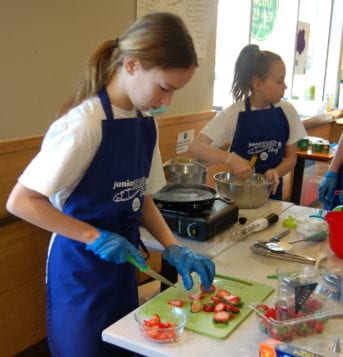


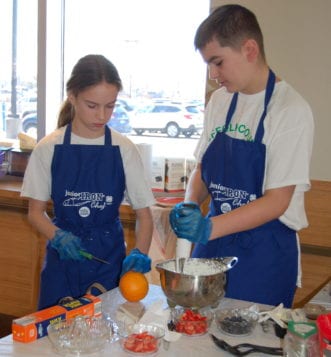
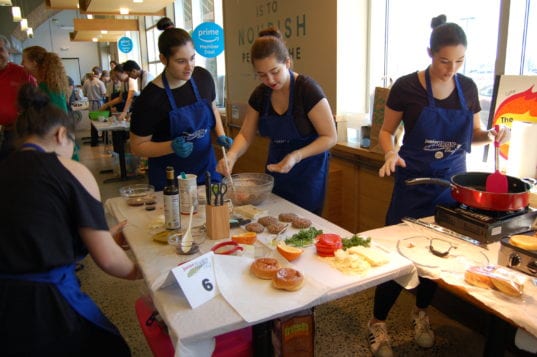


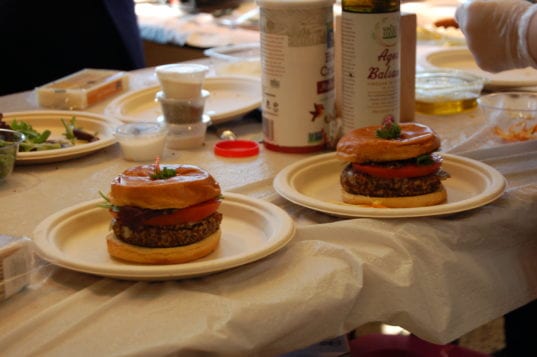




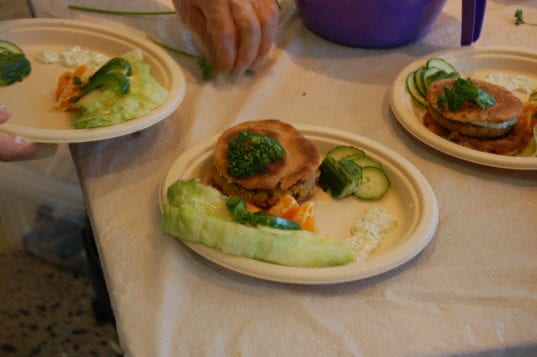
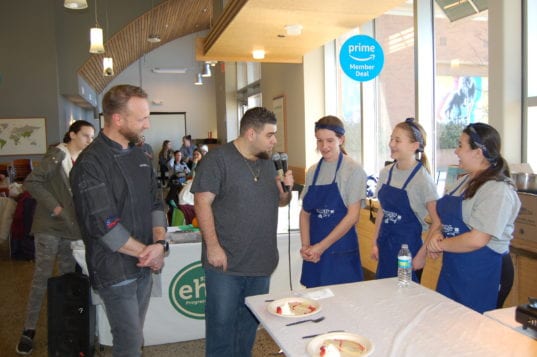
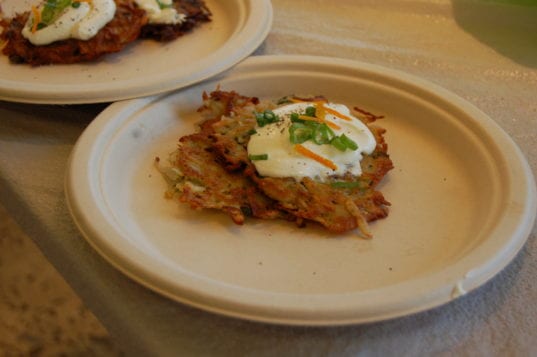











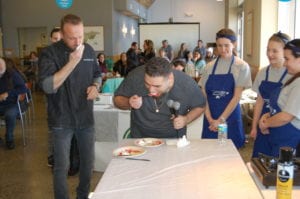 “That’s insanely good,” drooled Cafaro as he reached for a napkin. “The cinnamon and the goat cheese go so well together,” agreed Chef Jason. “The color is super vibrant, the spiciness goes with the sweetness with nice textures. Beautiful presentation,” he said adding that he was impressed by how nicely they worked together “just like in a professional kitchen.”
“That’s insanely good,” drooled Cafaro as he reached for a napkin. “The cinnamon and the goat cheese go so well together,” agreed Chef Jason. “The color is super vibrant, the spiciness goes with the sweetness with nice textures. Beautiful presentation,” he said adding that he was impressed by how nicely they worked together “just like in a professional kitchen.” Brunch for Lunch Chilaquiles
Brunch for Lunch Chilaquiles  Caribbean Breakfast Salad
Caribbean Breakfast Salad